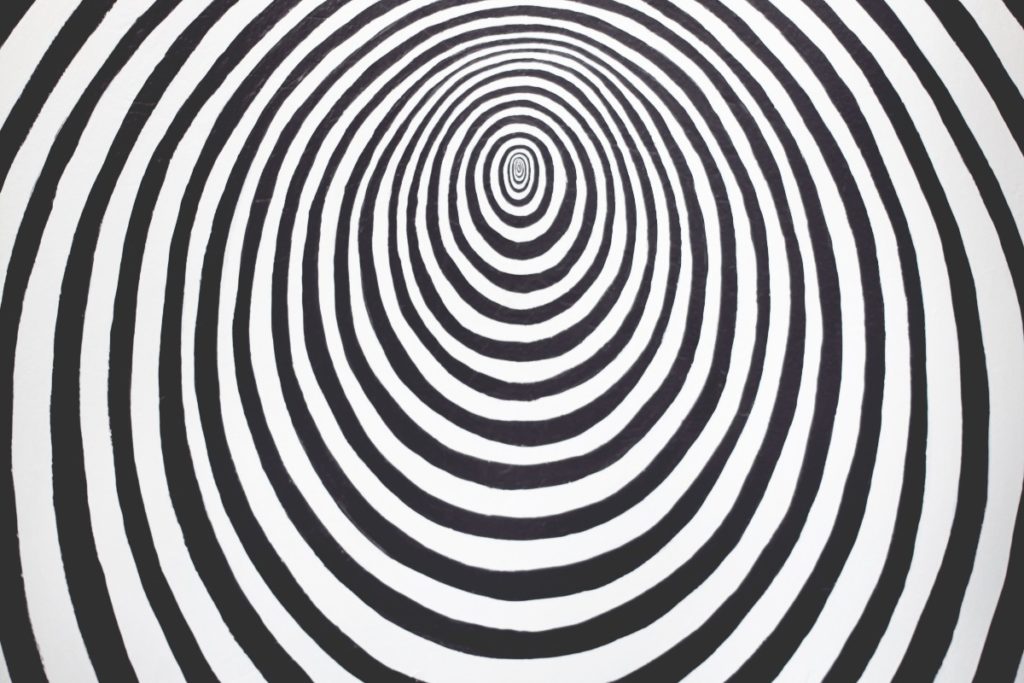Lysergic Acid Diethylamide (LSD) is a hallucinogenic chemical that, when used, affects our senses and perception of our surroundings. This substance is often referred to as acid.
The use of acid can cause hallucinations. This describes the feeling or experience of something that is not happening or an alteration of reality. By experiencing sensations that differ from reality, our mind begins to set up a world full of imagination around us.
The substance of LSD can be taken in a variety of forms. It is sometimes used as a white powder that is inhaled, but it more often comes in the form of a liquid or tablet. The tablet often looks similar to a small square of paper. This little paper is coated in the chemical LSD that causes these hallucinations when placed into your mouth.
History of LSD
In 1967, the use of LSD began to be regulated. As LSD has severe potential side effects, it can be hard to ensure the safety of users. The goal of these regulations was to help keep people safe and dole out punishments for individuals who choose to use the substance anyway. Unfortunately, these regulations were not as successful as hoped; some people continue to use LSD despite the regulations.
Studies of hallucinogens still occur to further our understanding of the effects these substances have on the brain. With our current knowledge of LSD, we can see that there are many potential dangers involved with the use of this substance, and they should be taken very seriously.
Dangers of LSD
There are many potential dangers involved when a body is introduced to this chemical. Being aware of the potential psychological and physical side effects can help you to stay safe if engaged with this substance and get the help you need to move past these effects.
Psychological Dangers
One of the main dangers of LSD is the psychological effects the substance can have on some individuals. As this substance alters your reality, you can adopt a different viewpoint about the world around you and feel a new set of unnatural emotions. These psychological effects can bring about mental health disorders and cause you to permanently see an altered reality, especially after repeated use of LSD.
These experiences are often referred to as “trips.” While some trips you encounter may be delightful, it is also very possible to have a bad trip. These can cause individuals to feel heightened emotions that negatively influence their decisions. During a bad trip, your senses may cross, and you may be able to smell colors or mix other sensations that are not accurate. This can cause stress in many individuals as they experience these extreme alterations in their reality.
While having a bad trip may only cause you temporary distress, the effects of the substance can often last 12 to 15 hours. If you find yourself experiencing negative effects, you may feel stuck at that point for a long period. Even when the effects only last for half a day, this period can feel endless.
During this period, it is common for individuals to feel symptoms of psychosis. While these symptoms will often end when the trip is over, there are times when this state of psychosis remains. In some situations, these psychological effects become permanent. For people with these experiences, it seems as if the world is not what they thought, and their reality is permanently altered. If this new perception of reality is viewed negatively, it can bring about feelings of depression or even increase the potential of suicidal ideations.
Physical Dangers
As well as having a variety of psychological effects, LSD can also negatively affect our physical body. The following are potential side effects that may occur from the use of this chemical:
- Increased heart rate
- Increased blood pressure
- Increased body temperature
- Increased breathing rate
- Loss of appetite
- Tremors
- Sleeplessness or alterations of sleep cycles
- Sweating
LSD does not seem to have addictive side effects. However, building a tolerance to this chemical is still possible. Individuals may choose to continue using LSD and consistently increase amounts to experience similar experiences as they did initially. As your tolerance builds, you are more likely to experience the negative effects of the substance.
Potential Positive Effects
One potential effect of using LSD is the development of an open-minded perspective. In a few situations, individuals can view their life as a whole and pinpoint the areas that they are currently lacking to care for. Rather than using a substance to discover this, however, you can observe your life through different chakras and learn techniques to help you maintain a balance within your life.
Hearing this potential positive effect may make some people want to take part in the use of LSD. However, the dangers of LSD use are much more common to experience. If you are working to overcome an addiction, it is highly recommended that you avoid the use of LSD. The negative aspects of substance use, even of LSD, greatly outweigh the positive.
LSD is a hallucinogenic substance that can cause extreme alterations to our perception of reality. There are a variety of different risks involved with the use of this substance, both psychological and physical. Understanding these effects can help you to understand the dangers you may inflict on yourself by choosing to use this substance. As far as research has shown, LSD does not appear to have characteristics of addiction. While addiction is not much of a concern for this substance, it is still possible to develop an increased tolerance. When people take more of the drug, the potential for severe negative side effects to come into play is much greater. Using this drug when working to overcome an addiction can increase these adverse effects as well. To learn more about the dangerous effects of LSD, reach out to Dream Recovery at (949) 732-1960.

